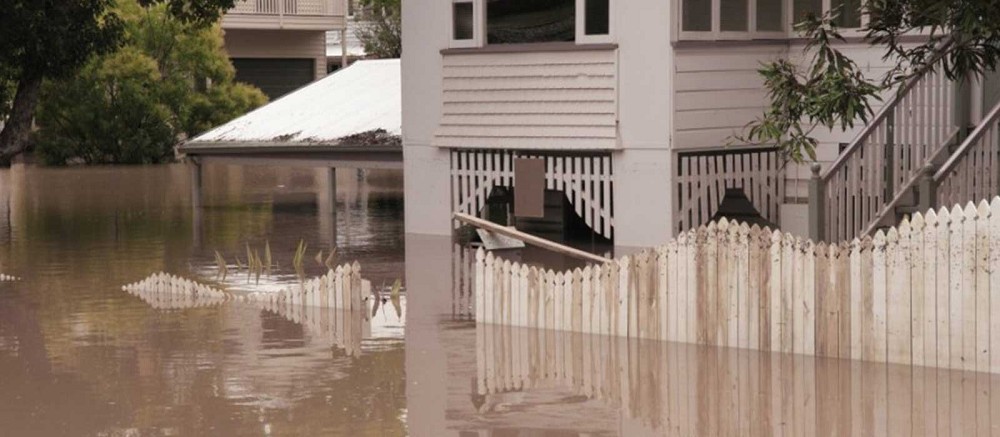Basic Techniques on Speed Drying after Flooding

Floods can be predictable, or can occur suddenly. Either way, make sure you listen to weather updates to keep abreast of the situation. When there is advanced notice make sure you bring the family together, and prepare the house for potential damage.
After a flood, the first thing to do is inspect the extent of damage outside and inside the structure. Bring a camera, pen and notebook to record possible damage such as home penetrations, broken fencing, fallen power posts, and cracked driveways on the outside. On the inside note any effects to the building’s finishes. It is important that you always wear rubber boots and protective clothing during this inspection. Flood water is not clean and often contaminated with disease-causing microorganisms and debris.
Tips to help speed up the drying process:
- Use pumps and/or commercial water extraction equipment to remove water from the basement or a sunken room.
- Take sodden fabric materials like curtains and carpets to professional cleaning depots. Have upholstered furniture inspected for possible salvage.
- Collect water-damaged possessions, clean them and carefully arrange them on dry surfaces. Set up a dehumidifier and create air movement to remove moisture.
- Rinse off mud from walls and floors.
- Start the evaporation through ventilating fans and open windows.
- Speed up the drying through the use of fans with heaters and commercial dehumidifiers to remove the excess humidity that will be generated.
Before attempting to dry your home/office and possessions, professional advice and recommendation should be sought. Each building is different, and an expert can offer specific advice. When you need professional help for property restoration, First General is at your service 24/7.
